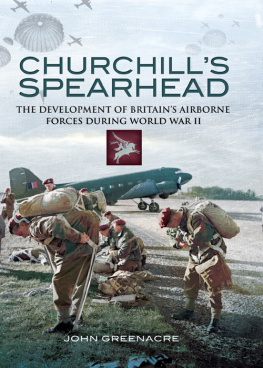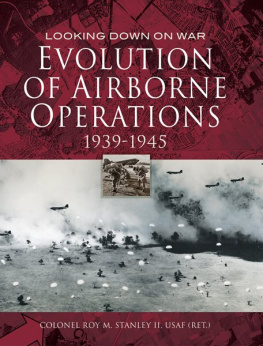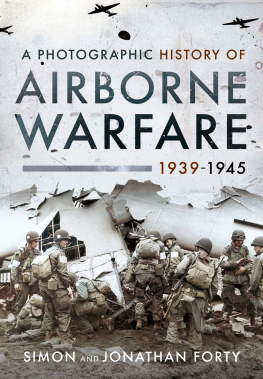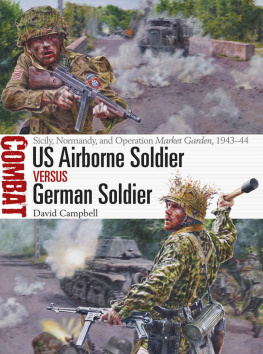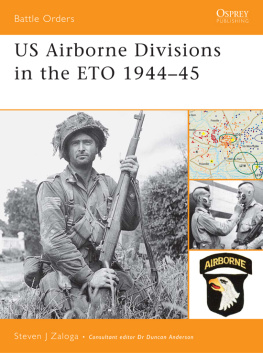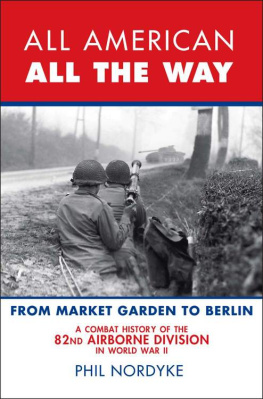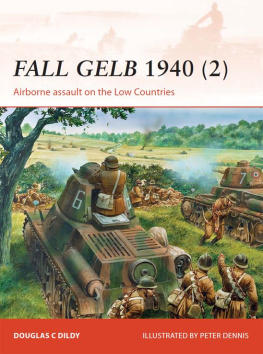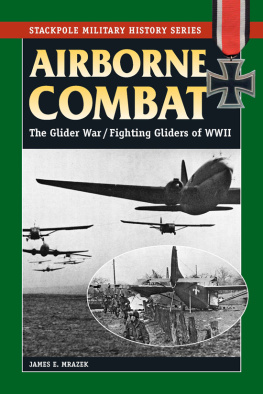To Jo-anne and Alice

First published in
Great Britain in 2010
By Pen and Sword Aviation
An imprint of
Pen and Sword Books Ltd
47 Church Street
Barnsley
South Yorkshire
S70 2AS
Copyright John William Greenacre 2010
ISBN 978-1-84884-271-7
eISBN 978-184468-580-6
PRC ISBN 978-184468-581-3
The right of John William Greenacre to be identified as the Author of this Work has been asserted by him in accordance with the Copyright, Designs and Patents Act 1988.
A CIP record for this book is available from the British Library
All rights reserved. No part of this book may be reproduced or transmitted in any form or by any means, electronic or mechanical including photocopying, recording or by any information storage and retrieval system, without permission from the Publisher in writing.
Typeset in 11/13pt Palatino
by Mac Style, Beverley, E. Yorkshire
Printed and bound in Great Britain
by MPG Books Group.
Pen and Sword Books Ltd incorporates the imprints of Pen and Sword Aviation, Pen and Sword Maritime, Pen and Sword Military, Wharncliffe Local History, Pen and Sword Select, Pen and Sword Military Classics and Leo Cooper.
For a complete list of Pen & Sword titles please contact
PEN & SWORD BOOKS LIMITED
47 Church Street, Barnsley, South Yorkshire, S70 2AS, England
E-mail:
Website: www.pen-and-sword.co.uk
CONTENTS
Foreword
Lieutenant General Sir Hew Pike, KCB, DSO, MBE
M ilitary thinking tends towards conservatism, with professional soldiers seen by many as fighting the last war in their approach to training and doctrine. But this is less true today than perhaps it has been in the past, and far more damaging to future military effectiveness are the attitudes of politicians and treasury officials towards the resourcing of defence capacity in a nation at peace attitudes which are strongly reinforced by the seemingly unassailable bulwarks of bureaucracy.
It therefore generally takes operational imperatives or a war to unblock things, and even then important developments remain prey to conflicts of interest, differing priorities and, not least, human prejudice.
Typical of such realities is the story of the development of Airborne Forces during the Second World War, and these difficulties are vividly analysed in John Greenacre's excellent study of what he aptly describes as Churchill's Spearhead. Indeed, as he takes us through the thickets of politics and policy, of organisational and structural disagreements, of aircraft suitability and availability, of equipment and technical challenges, of manning, selection and training, of issues bearing upon command and control, and of conceptual and doctrinal debates, the wonder is that Airborne Forces ever got off the ground at all.
But launched they were, along with not only similar German and Russian capabilities (both, significantly, well ahead of the game), but also with those two great American Airborne Divisions, the 82nd and 101st fighting with such distinction in Normandy with the British 6th and on Operation Market Garden with the British 1st Airborne Divisions. The author takes us through the setbacks and successes of early operations, and the manner in which these fledgling parachute and glider-borne forces found themselves, at length, part of something on a grander scale. Through it all, however, he never lets us forget the human factor that is central to warfare, whether it be in the bloodletting of the committee room or the struggles of the battlefield.
So there is much in this book that is highly relevant to our own situation seventy years on, where the same kind of debates about the future must be fought and won, so that military success can be delivered on operations. And let no man peddle that old clich about Airborne Forces going from secret weapon to anachronism in one generation. On the contrary, although this book finishes with the crossing of the Rhine in 1945, the role of British Airborne Forces in subsequent campaigns is vindication enough, if such were needed, of the inspired and utterly single minded determination of the early pioneers portrayed in these pages, and of the gallant soldiers who first proved the route down which their successors have so splendidly followed. Here, indeed, was born a band of brothers for all seasons, forged in the fires of a World War, developed through constant operations in the second half of the twentieth century, and now applying the skills and qualities of its soldiers to the complex, uncertain and dangerous environment of the twenty-first.
Utrinque Paratus
Hew Pike
November 2009
Acknowledgements
A cknowledgement is first of all due to Professor John Gooch who has guided, nurtured and encouraged me throughout my research and to Professor John Childs who has also provided valuable guidance and constructive criticism. I have also benefited from the patient advice and assistance provided by Maria Di Stefano.
I would have been unable to complete my thesis without the generosity and understanding of successive commanders who have allowed me the time to pursue my research, namely Brigadier Paul Cort, Brigadier Nicholas Eeles and Colonel David Turner.
I would like to thank the veterans of Britain's Second World War airborne community who have taken the time to reply to my enquiries and provide valuable and unique information and opinions, in particular Major General Tony Deane-Drummond, Lewis Golden, Peter Wilkinson, Arthur Shackleton, Jim Wallwork, David Brook, Robert Brown, Harry Howard, Herbert Buckle, Kenneth Frere and Bill Angell. Their help has been illuminating and important; any misinterpretation of their words or errors of fact are my fault alone. The patience and knowledge of the staff at the National Archives and the Liddell Hart Centre for Military Archives has been invaluable, as has the assistance of Tina Pittock at the Airborne Forces Museum in Aldershot, Jon Baker at the Airborne Assault Museum at Duxford and Derek Armitage and Susan Lindsay at the Museum of Army Flying at Middle Wallop. I am also grateful to the Imperial War Museum, Airborne Assault Museum and Museum of Army Flying for permission to reproduce photographs within this book.
I am indebted to the colleagues who have given their time to read and review my draft work and provide me with comments, suggestions and advice Major Mike Peters, Major Steve Elsey and Major Andrew Roe amongst others. In addition I would like to acknowledge the support of my colleagues in the International Guild of Battlefield Guides. I also extend my sincere thanks to Sir Hew Pike KCB, DSO, MBE for taking the time to write the foreword for this book.
Finally and most sincerely I would like to thank my wife Jo-anne who has read every word of this book more than once and who has endured my late nights and days away and who has stayed with me despite my best efforts to the contrary. Also thank you to Alice who has put up with Daddy reading when he really should have been paying more attention.
John Greenacre
Pakefield, Suffolk
Glossary
Abbreviations
| AAC | Army Air Corps. |
| AC Comd | Army Cooperation Command. |
| ACAS | Assistant Chief of the Air Staff. |
| AFEE | Airborne Forces Experimental Establishment. |
| AFHQ | Allied Force Headquarters. |
| AMSO | Air Minister for Supply Organisation. |
| ATI | Army Training Instruction. |
| ATM | Army Training Manual. |
| AFE |
Next page
